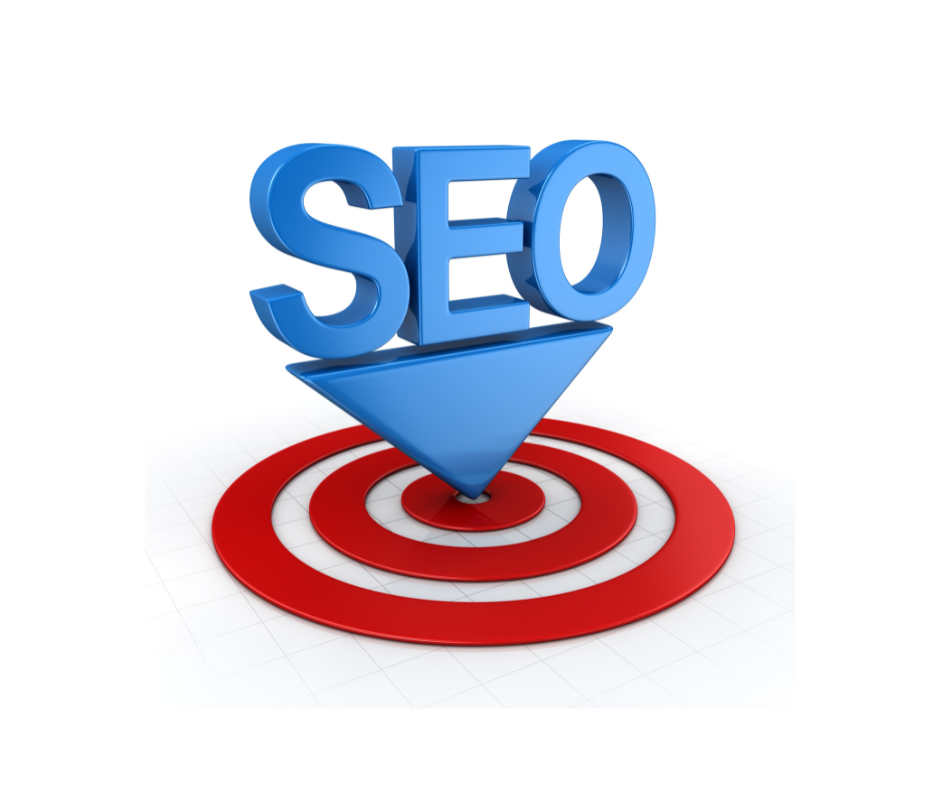The Key to Attracting Investment
The grind of small business ownership and entrepreneurship is relentless. One crucial lesson for any business owner is understanding what makes a business attractive to investment companies. Investors seek businesses that operate independently, without relying on the owner’s constant presence. They are willing to pay two to three times more for a business that can thrive on its own because it guarantees long-term success and profitability.
Consider this: if your business can't function or succeed without you for more than a month, you have a problem. If you’re planning an exit strategy and your business depends entirely on you, venture capitalists will likely pass on the opportunity. They want businesses that run efficiently, that they can sell for a profit, and that don’t require the owner's daily involvement.
So, how do you set up your business to run independently? It starts with building a strong foundation and investing in the right people and systems from the outset. Here are key steps to ensure your business can thrive without you:
-
Clear Guidelines and Expectations: Establish clear, concise guidelines and expectations for your employees. Everyone should understand their roles and responsibilities, which helps the business run smoothly even in your absence.
-
Defined Mission and Core Values: Your business should have a well-defined mission and set of core values. These should guide every decision and action within the company. Employees who embrace these values will drive the business forward with or without your direct oversight.
-
Strategic Hiring: Hire individuals who not only possess the necessary skills but also align with your company’s values and mission. If a potential hire doesn’t fit these criteria, they may not be the right choice for your team.
-
Leadership and Training: Invest in strong leadership and continuous training. Develop leaders within your organization who can make decisions and manage operations effectively. This ensures the business remains steady and productive even when you’re not there.
-
Operational Systems and Processes: Implement robust systems and processes that ensure the business operates smoothly. These systems should be documented and replicable so that anyone can follow them to maintain operations.
-
Long-Term Planning: Develop your exit strategy early. Planning ahead allows you to build a business structure that supports long-term sustainability and attractiveness to investors.
By focusing on these areas, you’re not only preparing your business for potential investment but also setting it up for lasting success. Investing time, money, and energy into creating a self-sustaining business will pay off in the long run. When you decide to cash out, you’ll bring more value to the table and attract the highest possible offers.
Invest in a strong foundation. Invest in leadership, core values, and workplace ethics. Most importantly, invest in people who will help your business grow and thrive. A self-sustaining business is not just an asset—it’s a legacy that continues to succeed even when you step away.



